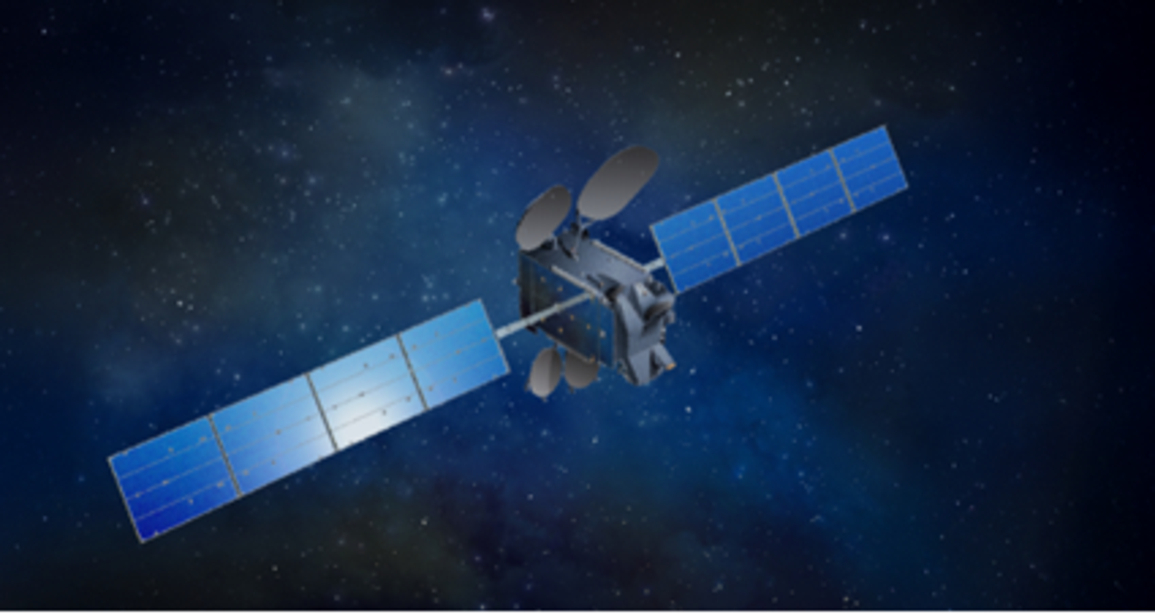
|
21 abril 2025
The exchange of information and messages over distances through the transmission and reception of signals is known as telecommunications. Satellite technology is one of the most common and effective ways to achieve this data exchange. Different frequency bands are used in satellite telecommunications, depending on the type of communication required. But what are they and what are they used for?
Frequency bands are defined as the ranges of the electromagnetic spectrum within which the waves transmitted to and from satellite antennas are located, assigned to different radiocommunication uses, such as broadcasting, mobile telephony, or radio navigation. The most commonly used frequency bands are C, Ku, and Ka, although bands such as X and L also exist.
Ku band
It has been used for many years and became widespread with the emergence of VSAT satellites (Very Small Aperture Terminals). The Ku band frequency range allows for high efficiency, maintaining availability levels above 99.5%. Furthermore, its use allows for the use of small equipment, such as 74 cm satellite antennas, which reduces complexity and logistical costs, as well as service installation.
In signal transmission and reception, frequency bands are an important part of telecommunications.
Over time, the need to use Ku band frequencies arose, as previously working with bands such as the C band, which, while providing high service availability, is not very efficient; this is reflected in the fact that the bandwidths achieved were not high or their production was very expensive.
While the Ku frequency band is recommended for any sector requiring high bandwidth, its application is suggested in the oil, financial, mining, and energy sectors. Currently, companies authorized to manufacture satellite antennas are working to improve the power with which the signal is received on the ground. If the use of the Ku frequency band with HTS satellites becomes widespread, much greater efficiency could be achieved.
Ka Band
The Ka band operates with shorter wavelengths and achieves higher efficiencies, although Ku band availability is higher than Ka band availability. Satellite operators using the Ka band generally employ mechanisms such as Fair Access Policy (FAP), which means customers cannot use the channel freely at all times. Ka band usage is focused on small businesses and residential areas. Expert advice on this topic is important to meet your business needs, depending on the most appropriate solution and frequency band.

04 abril 2025
Learn about the 5 sectors that use them the most.

15 mayo 2025
El 5G NTN por satélite, una realidad en camino La tecnología 5G ha revolucionado las comunicaciones móviles, permitiendo que cuenten con mayor velocidad, menor latencia, así como la conexión con millones de dispositivos IoT. Su expansión promete extender la conectividad a nivel global, abriendo nuevas oportunidades tanto para el sector industrial como para el usuario final. Pero el 5G es algo más que esto. El nuevo estándar está llamado a ser la base sobre la que se integren las diferentes tecnologías de comunicaciones, facilitando su desarrollo tecnológico, la prestación de servicios en múltiples sectores y la aparición de nuevos casos de uso y modelos de negocio.